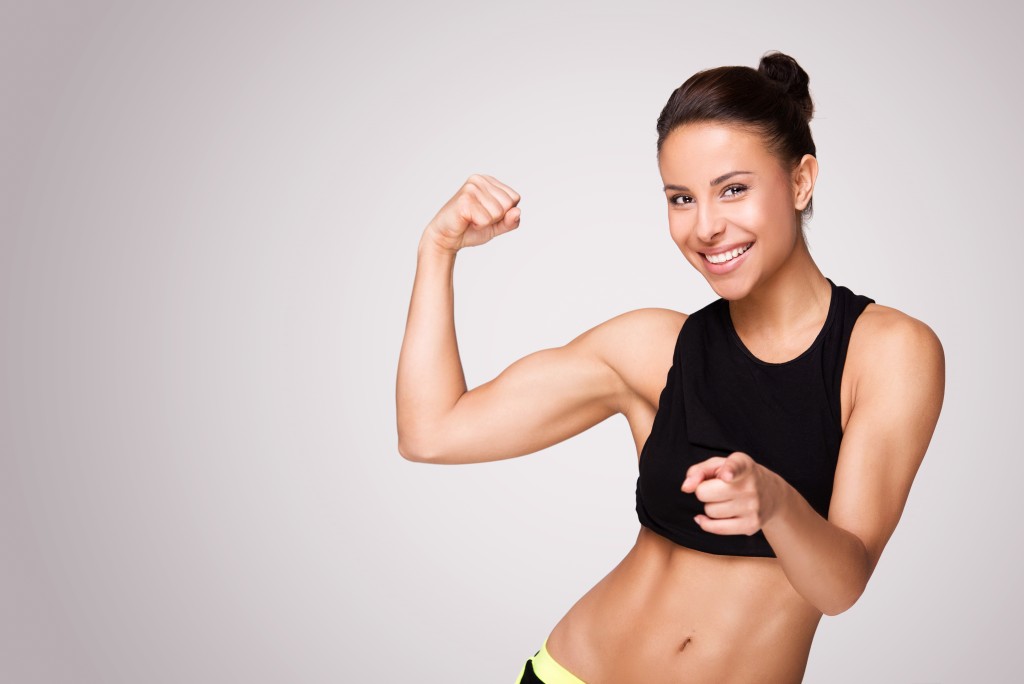At this point, everyone understands the importance of exercising our muscle groups to not just look good but also to be healthy and strong. But with the hundreds of muscles in our body, it’s easy to overlook the small ones, especially the ones without immediate aesthetic benefit. This often results in injuries and imbalances. For those working a job where they’re required to sit for hours on end, this is exacerbated. Back pain, shoulder pain, and joint point are common even among those who exercise.
Many tend to forget that our body is composed of different groups that work together to ensure harmony and cohesion. That’s why neglecting to exercise a muscle group leads to negative results. Not only can it limit the body from truly looking good, but it can also bring about physical pain that will plague your everyday life. That’s why we came up with this list of commonly neglected muscle groups. Working on these muscle groups will help you feel better, and be holistically strong.
Grip Muscles
Gripping something is almost like breathing—we barely realize that we do it, and thus, tend to neglect and exercise it. Forearm muscles tend to be overlooked, favoring the more aesthetic body parts like biceps and chest, not realizing they play an important part in your everyday life. Your grip muscles, such as the forearms, are the ones responsible for your grip strength. If you are strong enough to repair a sewer line with your bare hands, working on them is important.
Forearms aren’t particularly difficult to train either. You can purchase grip trainers that will allow you to gradually train your forearms throughout the day, or dedicate an exercise for it. You can do reverse barbell curls to train them as well, or even hammer curls. This allows you to also hit your forearms when training your biceps, something that many always remember to train.
Rear Deltoids
Everyone wants those boulder shoulders, and the resources available for making your shoulders big are aplenty. However, the rear shoulders are often neglected, as it’s something that can’t be readily seen and is pretty hard to feel either. However, its significance lies in the fact that it’s responsible for developing a strong posterior chain. If you want to be holistically strong, strengthening your posterior part is crucial to maintaining balance.
You can train your rear delts by doing rear delt flys. Simply grab an elastic band with both hands, extend your arms straight to the side like a cross and squeeze your shoulders. This simple exercise will do more for balancing your strength than focusing on chest presses will. If you have enough strength and skill, inverted rows also help

Leg Muscles
How often do we see ‘chicken legs’ being laughed at? The hard truth is that many neglect to train their legs as many assume having a fit upper body will suffice. Of course, it’s not enough—having a weak lower body means you will not be able to exert strength standing up. Standing lifts will become harder, and moving about will make you feel sluggish and weak.
The lower body muscles are as complex as the upper body, and understanding how it works is important. Following a proper leg-strengthening program will do a lot of benefit for those feeling that their body is imbalanced. However, you can slowly inject lower body exercises into your routine by doing chair-assisted squats. This is great if you haven’t done squats before, simply sit down on a chair and stand up. Sit back down again, and then stand up. This simple exercise will help you build a foundation for your leg strength.
Oblique Muscles
Ab exercises are as popular as exercising itself. Everyone wants to have those 6 pack abs we always see on fitness media. However, hundreds and hundreds of crunches will not suffice for good core strength. The abdominal muscles are still grouped into smaller parts, and focusing on each part will benefit your whole body. Don’t forget to train your obliques as well. As it’s the muscle responsible for keeping you in an upright position. Aesthetically, it gives you that sexy V-line, but it’s as important physically as it is aesthetically.
Bicycle crunches help train the oblique muscles. Simply lie down on your back, legs extended but not touching the ground with your hands behind your back. Start moving your legs as if you are pedaling a bicycle, making each knee touch with the opposite elbow. This simple ab crunch variation will not only help you get that six-pack you want but also make standing up a lot less taxing.

